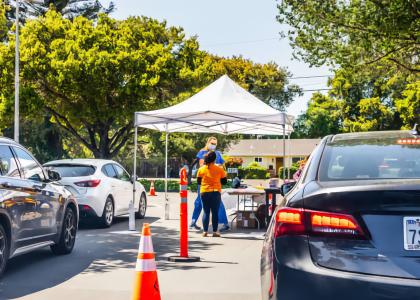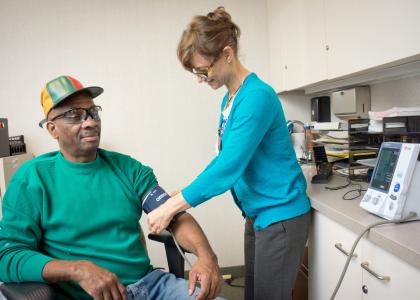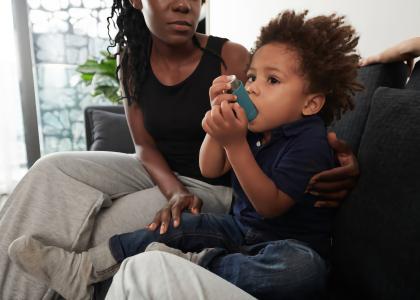Medical Comorbidity
Remote Patient Monitoring of Chronic Disease in Community Health Centers (REDUCE)

The goal of this study is to evaluate the biomedical effects of these RPM interventions, and to gain insights into barriers and facilitators to implementation and adoption of the programs. Our results will inform efforts to ensure that patients in community health centers can benefit from digital RPM interventions and will lay the foundation for large-scale implementation of such interventions.
Digital Technology to Support Adherence to Hypertension Medications for Older Adults with Mild Cognitive Impairment

Mild cognitive impairment (MCI) is characterized by mild impairment in one or more cognitive functions and is associated with an increased risk for failure to take prescribed medications. Hypertension is prevalent among persons with MCI (PwMCI) and nonadherence to medications increases the risk of accelerated cognitive decline through cerebrovascular disease. Adherence is often only 46% or lower among PwMCI.
Dulce Digital-COVID Aware (DD-CA) Discharge Texting Platform for US/Mexico Border Hispanics With Diabetes + COVID-19

This project will assess the effect of providing an enhanced digital texting intervention-Dulce Digital-COVID Aware (DD-CA) to Hispanic patients with type 2 diabetes upon discharge from recent hospitalization. Key outcomes will assess the impact of DD-CA on hospital readmissions at 30 and 90 days post-discharge, glucose control, and patient reported outcomes at 90 days post-discharge, while also assessing COVID status.
COVID-19 Mitigation Efforts and Disparities in Access to Routine Preventive Care and Chronic Disease Management

There is a large and growing literature quantifying disparities in outcomes related to COVID-19, but less is known about how the pandemic has affected access to care as well as associated health outcomes among vulnerable populations.
Evaluation of Operation Safer Ground: A Community-Level Rapid Housing Intervention for People Vulnerable to COVID-19

We have the opportunity to examine whether swift provision of housing at the community level mitigates the impact of COVID-19, as well as how doing so may affect the individual, social, and structural factors that contribute to consequences of COVID-19.
Intensifying Community Referrals for Health: The SINCERE Intervention to Address COVID-19 Health Disparities

The objective of this study is to determine whether community service use for those with social needs improves general and COVID-related health outcomes, and whether random assignment to intensive follow-up and collaborative goal setting helps overcome barriers to community service use.
Accelerating Excellence in Translational Science (AXIS) - Administrative Supplement

Reduced routine access to health care providers and prescribed medications, coupled with risky health behaviors during the pandemic, may substantially exasperate existing disparities in healthcare utilization, non-adherence to management of chronic conditions, unhealthy lifestyles, and poorer health outcomes among underserved African American older adults.
Post-Hurricane Cancer Care: Patient Needs after Hurricane Maria

The team is expanding assessments to include the impact of COVID-19 and the earthquakes’ secondary hazards (social isolation, unemployment, healthcare services disruption, structural damage) on stress biomarkers and changes in multilevel determinants of health.
A Randomized Controlled Trial to Reduce Hopelessness through Enhanced Physical Activity in Adults with Ischemic Heart Disease

The current NINR-funded RCT is testing the effectiveness of a 6-week intervention (Heart Up!) on increasing physical activity and decreasing hopelessness in adults with ischemic heart disease (IHD).
The Effect of a Housing Mobility Program on Environmental Exposures and Asthma Morbidity Among Low-income Minority Children

In this proposal, we explore the relationship between indoor allergen and pollutant exposures, including second-hand smoke and SARS-CoV2 infection and disease, to assess the impact of pandemic conditions on indoor exposures relevant to asthma among this population.